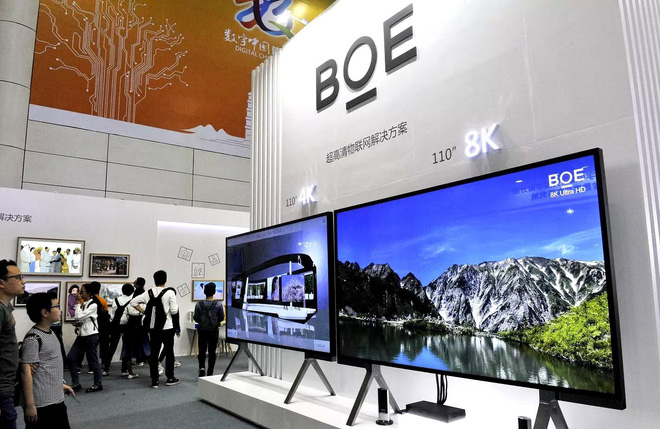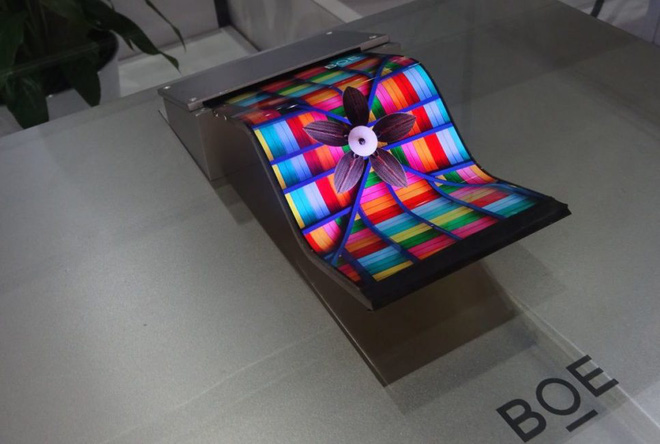Defeating Samsung and LG in the field of LCD manufacturing, Chinese companies are invading OLED technology
- Tram Ho
After announcing plans to close one of its LCD production lines in South Korea last year, in March Samsung Display announced it would close all LCD production facilities. in China and South Korea by the end of 2020 due to reduced demand.
The future of the company’s two Chinese LCD manufacturing facilities is unclear. In the immediate future, Samsung has been investing in research, development and production of Quantum Dot OLED panels to compete with LG in the TV market.
Earlier, at the end of January, LG Display announced that it would stop producing LCD panels for TVs in South Korea and the Paju factory in North Korea would also close this year.
It is no coincidence that Samsung and LG took turns withdrawing from the LCD market, because it is now being torn by Chinese manufacturers such as BOE, Huaxing Optoelectronics and HKC. Statistics from the Display Industry Association of Korea show that last year Korean companies accounted for only 41.1% of the global display market, and that was also a downward trend for three consecutive years. This year it is very likely that this rate will drop to 30%.
Withdrawing from the LCD market and shifting the focus to the OLED market is a smart decision now. But in the OLED market, Chinese companies are also not yielding and are tending to catch up faster. The competitiveness in this market suddenly becomes fierce.

BOE is a Chinese representative who is emerging very strongly in the field of panel production.
According to data from Qunzhi Consulting, a research firm in industries, in the global OLED panel market in 2019, Samsung leads all other manufacturers with an absolute market share of 85.4%. China’s BOE ranked second with only 3.6% of the shares.
LG ranked fourth in the OLED market last year, behind Samsung, BOE and Huiguang, at 2.8%. But LG’s strength lies in the large OLED panel. The Korean company has just entered the field of manufacturing small and medium-sized OLED panels, so its market share is not high.
Clearly, Samsung and LG of Korea are now leading in the field of OLED. But these two giants may begin to worry about the pace of Chinese companies. These are BOE, Huaxing Optoelectronics, Tianma Microelectronics, Visionox and a host of other companies. 5th and 6th generation OLED panels currently manufactured in China will increase significantly in the next three years.
Because the data shows that Chinese companies have put into operation 12 OLED production lines, in addition to 7 other lines being built and planned, with a total investment of more than 350 billion yuan (about 50 billion USD), of which BOE accounts for 139.5 billion yuan (nearly 20 billion USD), and has increased 8 OLED production lines compared to 2015.

BOE flexible OLED display.
And yet, South Korean companies are concerned that not only will Chinese companies increase production capacity significantly, but they also fear that after mastering the technology of producing LCD and OLED screens, their rivals are also will have enough capital and resources to compete with new generation display technologies such as mini LED, micro LED and other emerging display types. Because compared to the capacity and speed of mass production, Chinese companies seem to be redundant.
If it continues to let such competitors develop, sooner or later Chinese companies will control the entire screen manufacturing industry chain, from upstream equipment systems to downstream products. When the “localization” process is complete, it is also the end for a key industry in the land of Kimchi.
Refer to NetEase
Source : Genk
